25/11/2019 | Category: Home Insurance
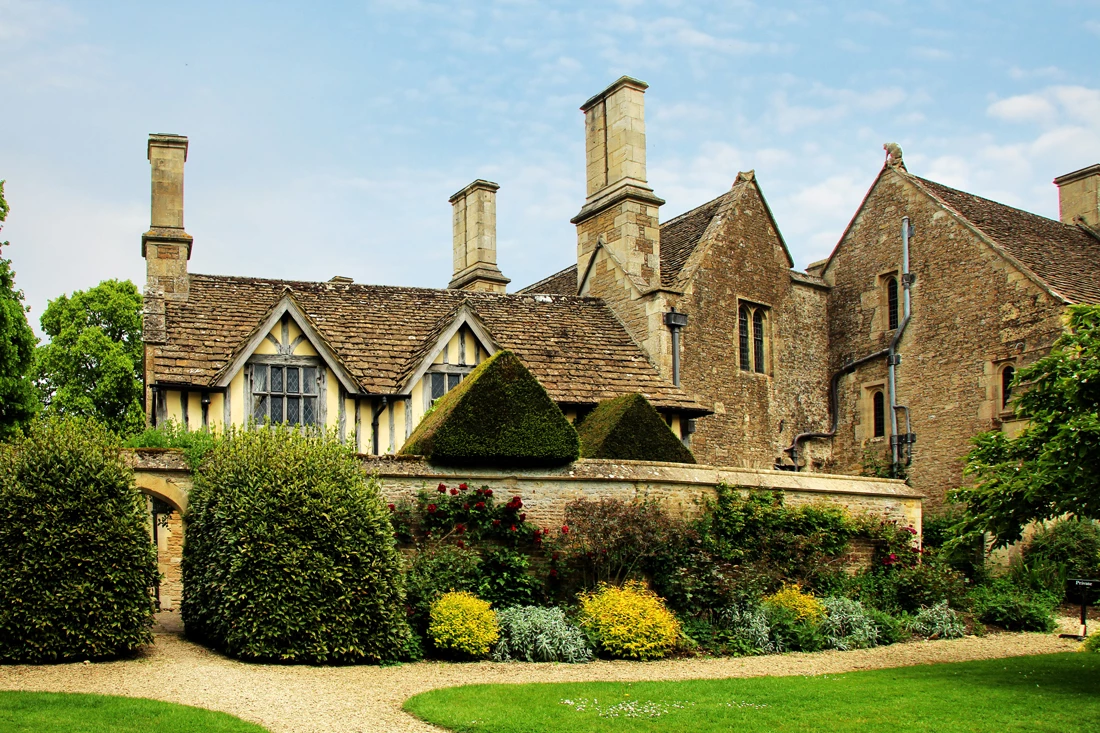
The history of architecture is about as long (and complex) as the history of humanity.
Architecture has always been driven by humans’ requirements. The need for shelter, security and sanctuary. Today, architecture is also about the need for comfort, modernity, elegance, technology and its ability to capture and reflect the spirit of the time.
Origins of architecture
The temptation is to think that architecture as we know it today started with the Romans or Ancient Greeks. It was, in fact, much earlier than that. You just have to look at the examples of prehistoric architecture (e.g. Stonehenge) and Bronze Age architecture (e.g. the Nuragic structures in Sardinia) to understand why.
From the engineering capabilities of the Ancient Egyptians and classical architecture of the Ancient Greeks to the patterns and lines of Art Deco and cubic designs of Bauhaus, architecture has seen a huge evolution over the years.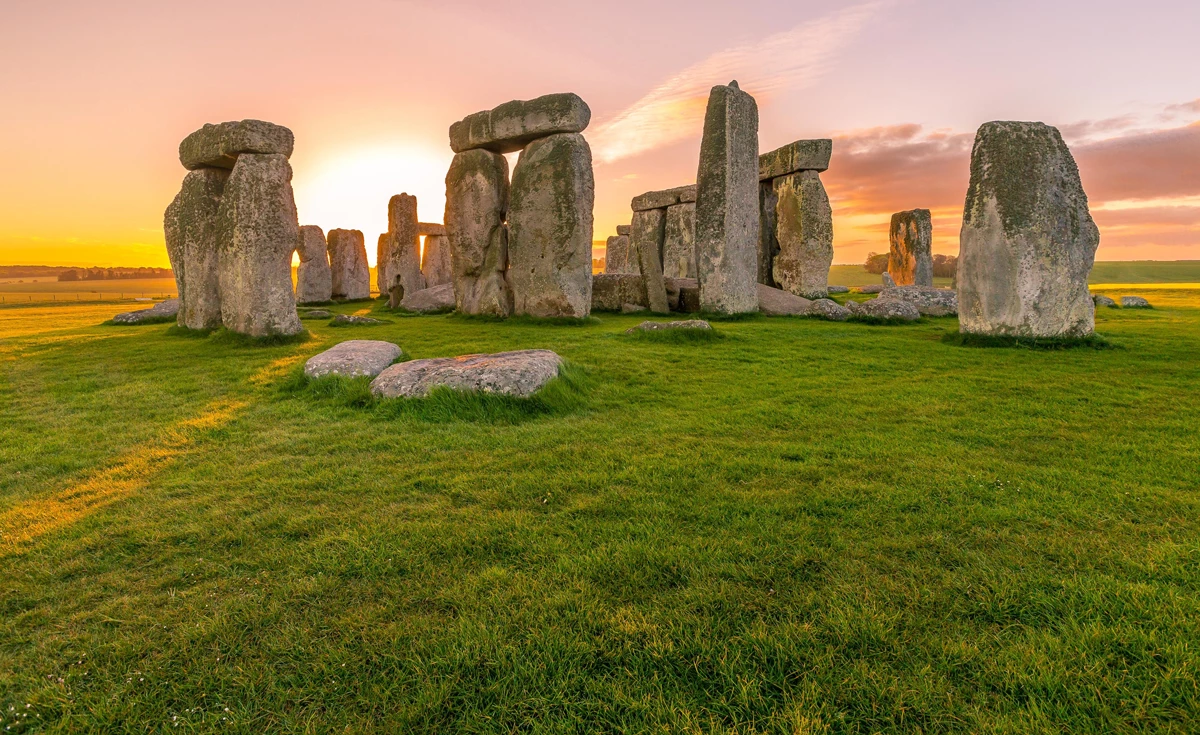
Timeline of architectural styles in the UK
The purpose of architecture is to improve human life; it’s about creating timeless, happy spaces for life’s activities.
Architectural styles have changed hugely over the years. Here in the UK, we have seen a dramatic shift in architecture, style and housing design. Every generation sees a wave of new ideas and innovations to call home.
Understanding the evolution of architectural history in the UK helps us understand our landscape and built environment today. Here’s a brief look back at how Britain’s homes have changed over the ages.
· Tudor (1485-1560)
Tudor houses were small and basic and characterised by their thatched straw roofs and exposed timber frames. When Henry VIII founded the Church of England, Britain was cut off from the architectural trends elsewhere in Europe; the resulting architecture was designed with function in mind.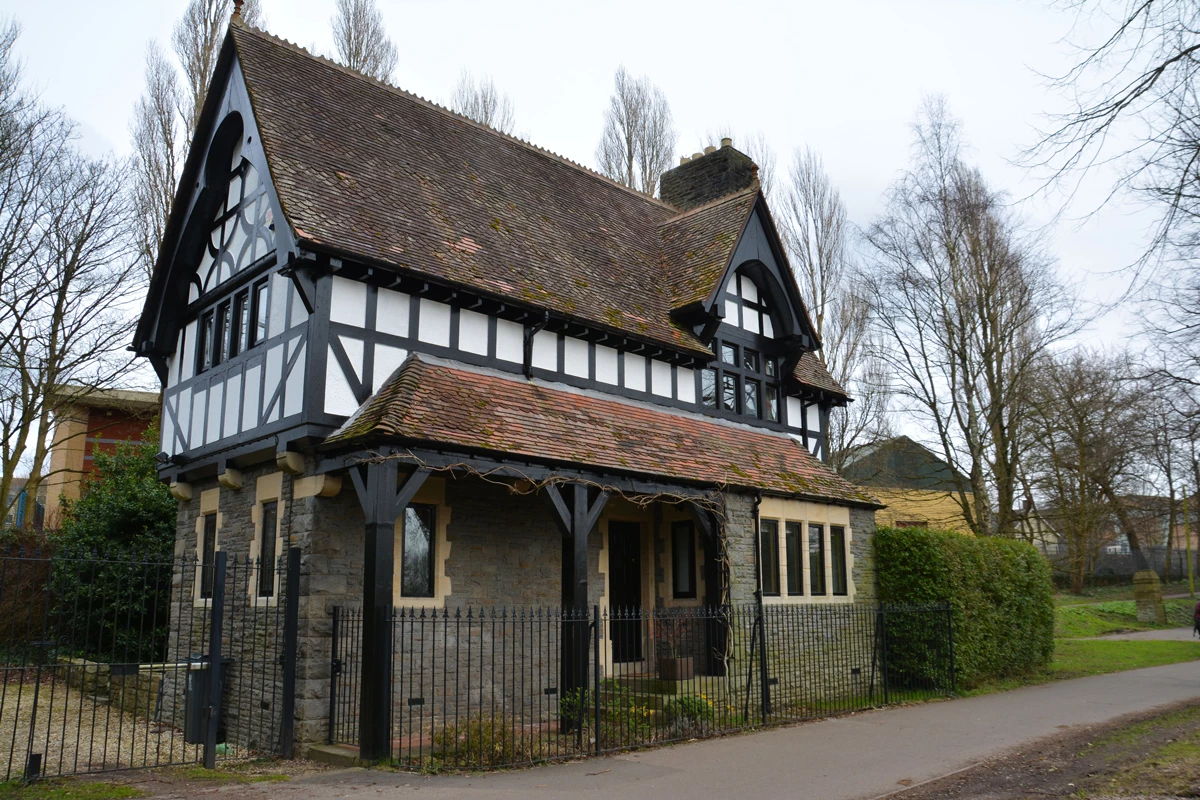
· Stuart (1603-1714)
By the early 1600s, European architectural fashions were being embraced in Britain. This meant swapping timber for brick and adding bedrooms on a secondary floor.
· Georgian (1741-1790)
Georgian design was driven by the new middle classes wanting innovation. Symmetrical facades, double-piled homes (two rooms deep) and elegance all defined this period’s architecture.
· Victorian (1839-1900)
Asymmetrical design, lavish decoration and colourful brickwork defined Victorian architecture. The middle classes grew in size and wealth, however the vast majority of the population lived in small cottages or back-to-back terraced houses.
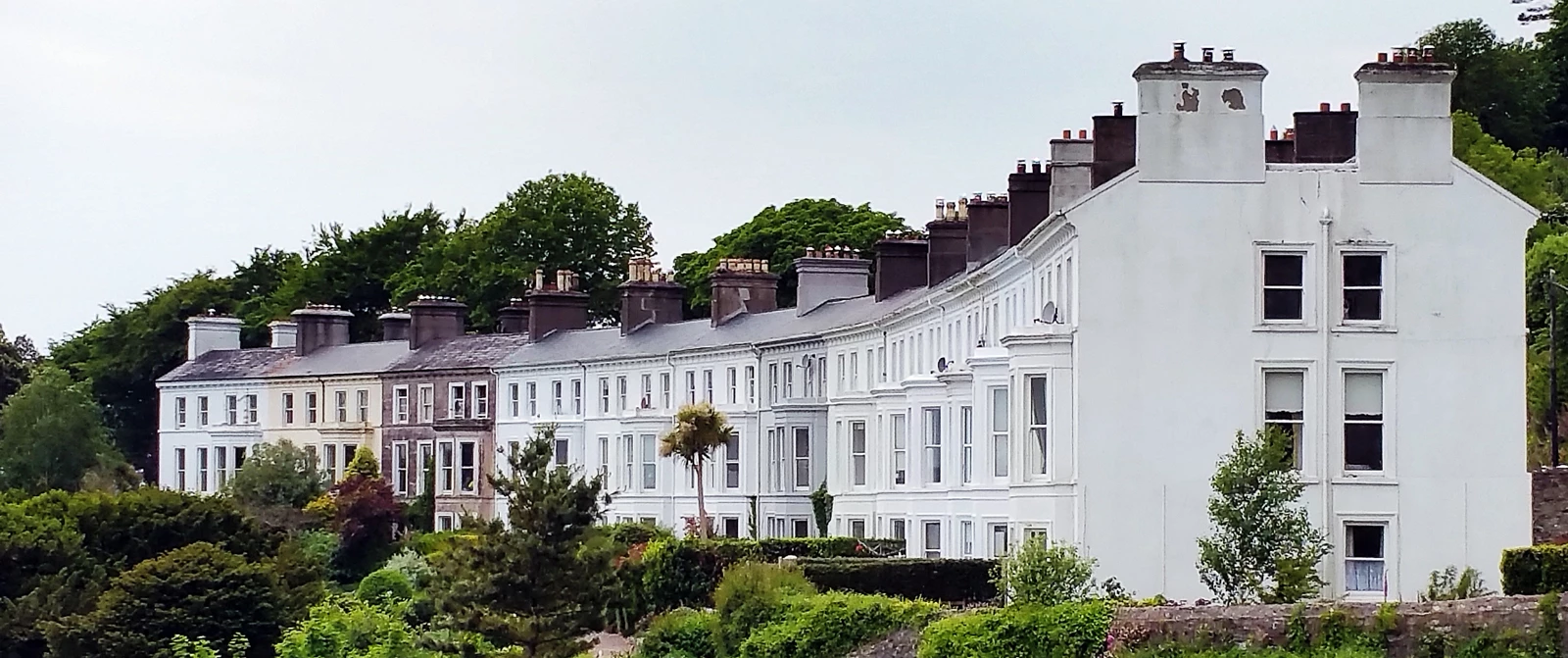
· Edwardian (1900-1918)
The Edwardian era saw a rise in vernacular architecture, timber framing, hanging tiles and timber porches.
· Art Deco (1920-1940)
Heavily influenced by the discovery of Tutankhamun’s tomb in 1922, architects also began experimenting with materials such as concrete and steel. Houses often had geometric patterns, flat roofs, and curved suntrap windows to let in the light.
· 1930s Semis (1918-1939)
After the war, the land running alongside new transport links was cheaper, and boxy, semi-detached houses with curved bay windows became distinctive of the period. They remain one of the most common architectural styles in Britain today.
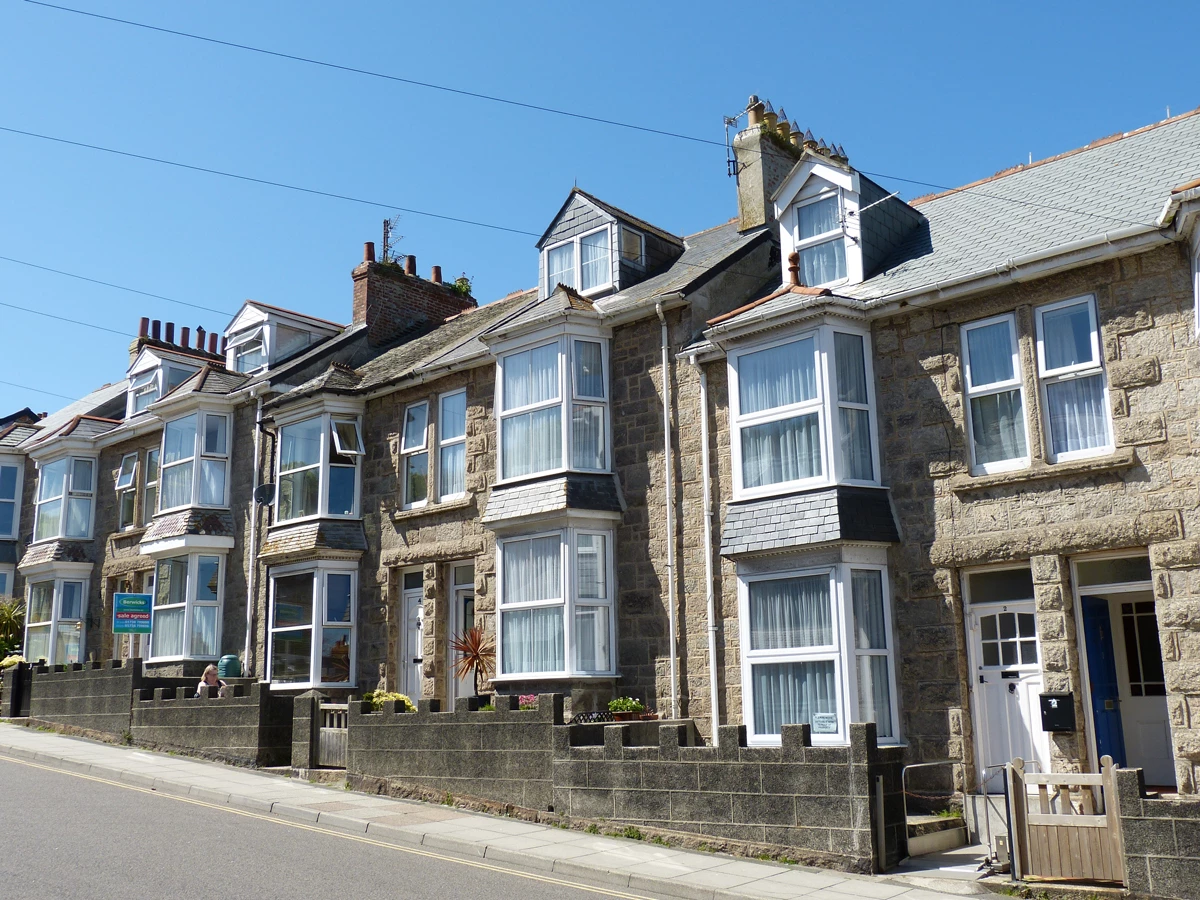
· Airey Houses (1940s)
After the Second World War, thousands of houses needed to be rebuilt, but there was a shortage of building materials. Airey Houses (designed by Sir Edwin Airey) used concrete columns reinforced with metal tubing to support concrete slabs to create houses’ exteriors.
· 1950s onwards
By the 1950s, people wanted modernity and this equated to tall, narrow terraces. The 1990s new build trend was defined by mock timber framing and cottage features. Today’s modern minimalism is driven by people’s desire to live in a more sustainable, eco-friendly way.
Key influences in architecture
Over the past 500 years, housing has played an important role in our society, politics, and culture. Today, we are looking to establish a generation of new homes suitable for the 21st century and beyond.
Architectural style is driven, not just by the year a building is constructed, but by the surroundings, the individual and what has happened in the past.
Here are some of the key factors influencing architecture and its evolution.
1 Environment
A building’s environment has a significant impact on its size and shape, as well as the amount and type of materials used in construction.
2 Imagination
An architect’s identity and imagination play a huge role in the structure and design of a building. Inspiration can come from any direction – hobbies, events, and experiences.
3 Previous architectural styles
The technology used in architectural design today has advanced drastically over the years, but architects can still get inspiration from previous styles. This evolution of styles helps create new ideas and innovation in design.
4 Criticism
Constructive criticism helps identify faults and aims to create a better final result.
Owning a period home
The styles of architecture we have seen over the past 500 years could not be more different. Many homeowners look for period features when buying a new home.
The 1980’s trend of ripping out existing features to make way for a more modern look has been replaced by a more considered approach to a property’s original character.
Many period homes have maintained their appeal over the years. Some, but by no means all, period homes will also be listed buildings. This means there are a number of considerations (not just non-standard home insurance) to ensure your home is properly protected.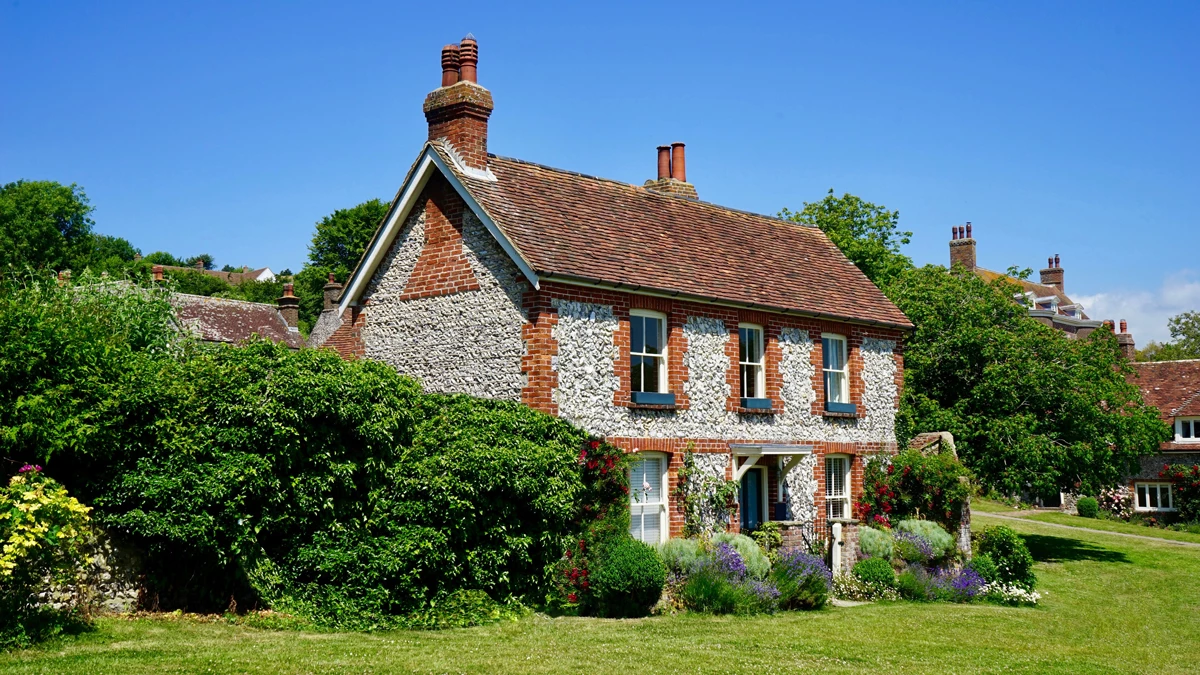
Protecting your home and its period architecture
As the saying goes, your home is your castle. And every castle is unique. Whether you live in a period or modern home, there are certain design features that can set your home apart from the rest.
From thatched cottages and listed buildings to flat-roofed eco-friendly homes, non-standard home insurance is designed to give your property the protection it needs.
At Insurance Choice, we can help you find non-standard home insurance without the high premiums or excesses. If you live in a home that has a thatched or flat roof or has a steel or timber frame, don’t let finding affordable home insurance become a headache.
Get in touch with the team of insurance experts at Insurance Choice to see how we can help.
